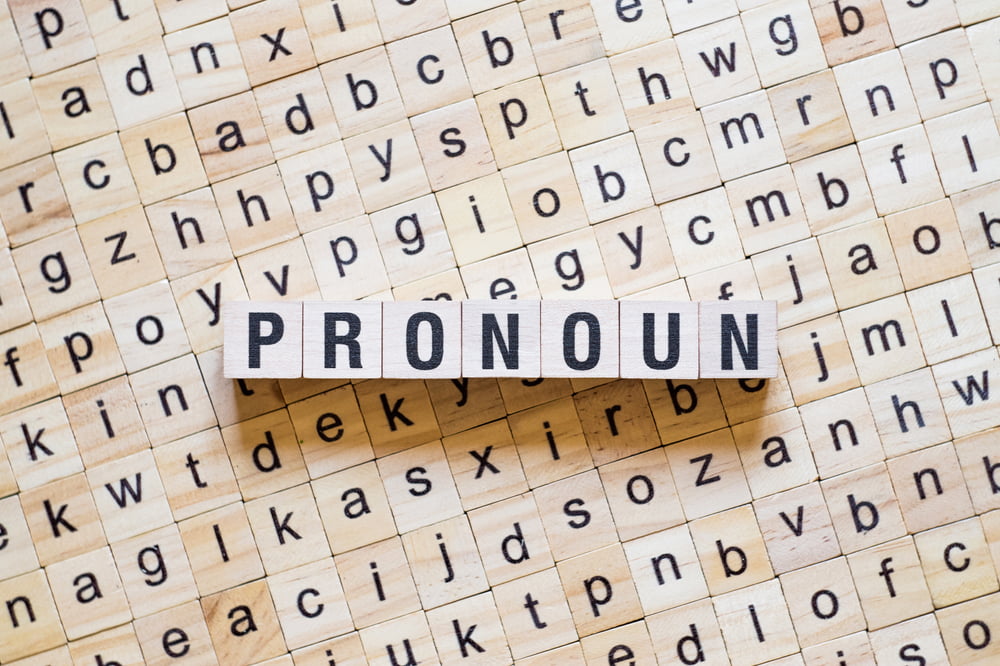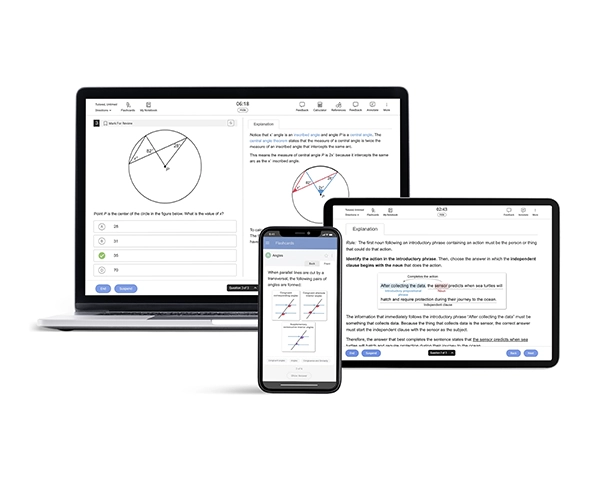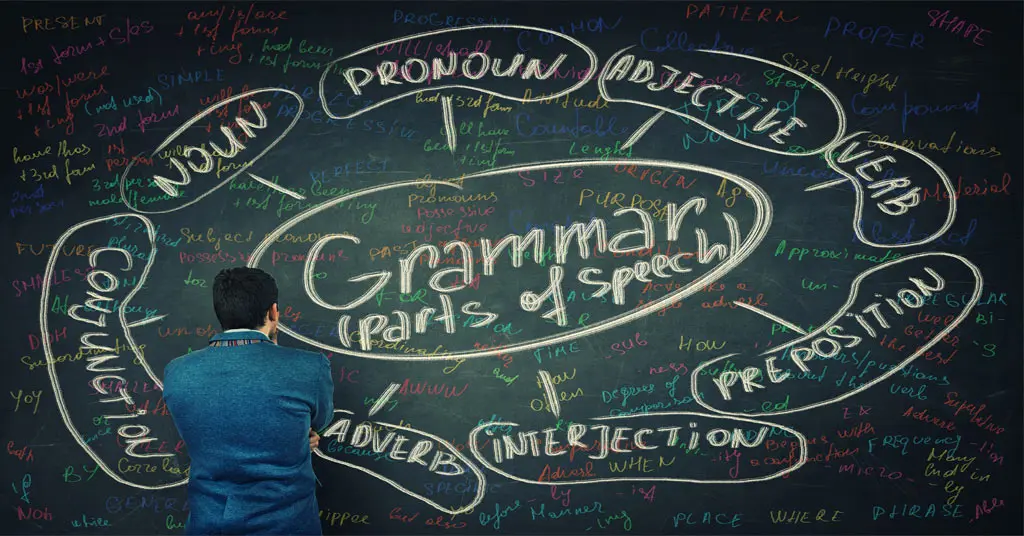What are relative pronouns?
Relative pronouns are words like “who,” “whom,” “where,” “when,” “that,” “whose,” “which,” and “where” that replace nouns. The relative pronoun must be in agreement with the type of noun it replaces.
Here is a guide for the types of nouns the relative pronouns can replace:
1. “That” can be used to replace or refer to any noun.
Example: The ball is his. → That is his.
2. “Who” and “whom” can replace or refer to people. You will not be tested on the difference between “who” and “whom” on the SAT test.
Example: The actress, who has won several Academy Awards, is the star of the show.
3. “Where” can only replace or refer to a location.
Example: This is the park where I learned to ride my bike.
4. “When” can refer to or replace a time period or a point in time.
Example: The first week of summer is when we all go visit the lake.
5. “Which” can replace or refer to anything but a person.
Example: The car, which is parked in the garage, needs an oil change.
6. “Whose” refers to a possessive and can be used for people or objects.
Example: She is a professor whose feedback I value.
Other Rules and Tips
A common point of confusion for students comes from the difference between “that” and “which.”
An important rule to know about these relative pronouns is that “that” is used to present an essential clause, while “which” is used to present a non-essential clause. “Which” does not provide a definition, while “that” adds specificity for the subject.
An excellent way to navigate this during the SAT® test is by paying attention to their punctuation. “Which” will always need a comma to separate its non-essential clause from the rest of the sentence. “That” will not require a comma. The likelihood that you will have to choose between “which” and “that” is very low. Instead, you will need to improve punctuation.
Here are two examples of this difference. Check out the differences in their punctuation.
- The chair, which needs to be repaired, is in front of the fireplace.
- The chair that needs to be repaired is in front of the fireplace.
Don’t misuse “where.”
“Where” can only be used to refer to location and place, but it is one of the most commonly misused pronouns.
Here is an example of a misuse of “where.”
Chapter seven is where the girl and the boy meet for the first time.
Chapter seven is not a location.
Correction :
Chapter seven is when the girl and the boy meet for the first time.
Pay attention to unclear antecedents, fragments, and run-ons.
Relative pronouns are used to refer to various things, but, on the SAT, it needs to be extremely clear what the pronoun is referring to. Sometimes, the use of a relative pronoun is not correct because it causes the sentence to lack specificity. Pay attention to antecedents that may require a noun instead of a pronoun.
For example:
My sister never cleans up after herself, which annoys her roommates.
To be more specific:
My sister never cleans up after herself. This habit annoys her roommates.
You should also pay attention to proper noun antecedents. The following sentence lacks a clear noun antecedent for “that.”
My sister always fills her car up with gas when it gets halfway to empty. She does that to prevent any emergencies.
It would be more correct to say,
My sister always fills her car up with gas when it gets halfway to empty. She does so to prevent any emergencies.
Paying attention to relative pronouns can help you catch fragments like this one:
Forgetting to lock her door, Jane, who got robbed.
Correction:
Forgetting to lock her door, Jane got robbed.
You should look at the verbs, and make sure that a main verb is present. In this sentence, the only verb present is in a description of “who”. Because the verb is in a nonessential description clause, the sentence does not make sense. The relative pronoun “who” followed by a verb does not fulfill a sentence’s requirements of having a main subject and a main verb. Often, a relative pronoun can throw off the way a verb is used. The sentence is improved by removing the relative pronoun.
Run-ons are sometimes hidden by relative pronouns. This occurs by beginning an independent clause with “that”, like this:
She went to the store for whole milk, that location was out of stock.
Run-ons can also be caused by inserting a relative clause into two independent clauses, like this:
She went to the store for whole milk, which she needed for her recipe, it didn’t have any in stock.
You can practice editing and improving the use of relative pronouns using UWorld’s SAT Prep course. The thousands of practice questions and detailed explanations will guide your studies and provide lots of opportunities for you to improve your skills with relative pronouns. We also offer performance tracking tools to pinpoint your weak points and create an efficient study plan. Try it out today to boost your results in the Writing section of the SAT test.




